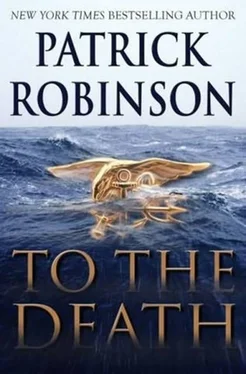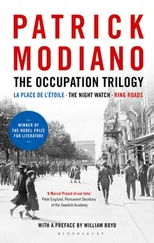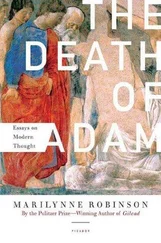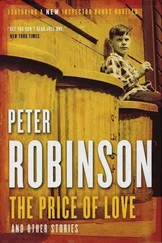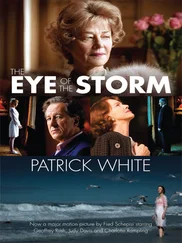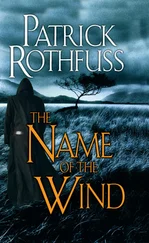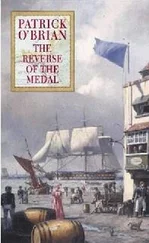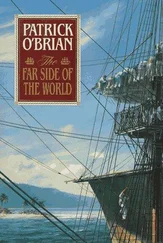Mr. Kumar was a tall, slender Indian from Bengal. He wore dark blue pants and a white shirt beneath a dark blue sweater. Almost covering his entire wardrobe was a large green apron, like that of a freemason. He wore no turban and stared evenly at Ravi through slim wire spectacles. His eyes were almost black, and his expression was wary.
“You come highly recommended as a client,” he said. “And I understand you require a custom-made piece, a one-off, tailored to your precise requirements.”
“Correct,” replied Ravi. “A sniper rifle, which you’ll probably reconstruct from the Austrian SSG 69.”
Mr. Kumar smiled. “You like that old design?”
“I have never really used anything else.”
“No need, Mr. Spencer. It is a superb piece of engineering. No one has ever built a better rifle-and a lot of people have tried.”
Ravi nodded. And Mr. Kumar smiled. “I know better than to ask,” he said. “But perhaps you were in the SAS in another life.”
“Perhaps I was. But now I must be more careful. And I think our biggest problem may be that I need to dismantle the weapon and carry it in a briefcase, no larger than, say, twelve inches by eighteen. About four wide, maximum.”
“You are not thinking of trying to transport it through an airport, are you?”
“Absolutely not.”
“You understand that I must be very guarded, Mr. Spencer. In certain quarters, my work is well-known, even though I would not engrave this rifle with a serial number. It would not be in either of our interests for you to be… er… apprehended.”
“I understand that, of course,” replied Ravi. “You have my assurance that the rifle will never leave the UK.”
“You understand the SSG 69 fires only one single highly accurate shot, although it has a five-round feed magazine?”
“I do, and despite the rather laborious reloading process, it can still achieve a shot-grouping of less than forty centimeters from eight hundred meters.”
“It’s nice to speak to someone who understands the excellence of the rifle. Do you have precise measurements written down for me?”
“I do. And I will require a silencer and a telescopic sight, 6 x 24 ZFM.”
“That will not be a problem, but I do anticipate, given the restrictions on storage and carrying, that your barrel cannot realistically be longer than, say, thirteen inches. Naturally, you have no choice but to go to a bolt action. You have no room for a gas chamber, or anything else to give you a repeater.”
“I anticipate firing only once.”
“Range?”
“No more than a hundred yards. And I must ask you, can you purchase a brand-new SSG 69 and then make the adjustments?”
“People in my trade, Mr. Spencer, can purchase anything.”
“Are you confident about a removable stock?”
“Yes. I am sure of that. But you will not want the regular Cycolac stock, which is rounded and firm and will take up too much room. I will cut and remove it and build you a slim screw-in stock made of aluminum that will fit into your case.”
“Speaking of which, I was hoping you would also make the case.”
“Of course. I will build the rifle first and then build the case around it. And I must ask you now, will you be firing from a moving position? Or will you be still? I ask because it is important to know whether you anticipate reloading and firing once more.”
“I’ll be still. But I do not think there will be time. One single head shot is probably all I will get. I prefer the head because it may be several seconds before anyone locates the bullet hole in the skull. A chest shot always tends to be messy and very obvious.”
“Yes, and under such circumstances, the silencer needs to be effective. That way nobody hears, nobody can trace the direction, and you may get one more try if you miss, eh?”
“Mr. Kumar, we are both in a precision business. If the rifle is perfectly constructed, I will only need one shot.”
“Very well, Mr. Spencer. You would like me to build you one bolt-action sniper rifle, reconstructed on the lines of the SSG 69 Austrian masterpiece of the 1980s. Barrel hardened under the regular cold-forging method. A 7.62mm bullet, muzzle velocity 860 meters per second. Lightweight. Short barrel. Malfunction risk: zero.”
“Correct. With case.”
“And, Mr. Spencer, the payment method? After I tell you the cost.”
“Tell me.”
“Including everything. The purchase of the original. The hours of highly skilled work. The new materials, the practice bullets, the specialized target bullets. I would not touch it for under twenty thousand pounds.”
“Cash,” said Ravi. “Ten thousand now. Ten more when I pick it up. How long?”
“Three weeks.”
“Too long. I need it by Saturday morning next week.”
Prenjit Kumar was silent. “Mr. Spencer, I would have to work on that rifle night and day, to the exclusion of all else. There may be some adjustment in the cost.”
Ravi, however, knew one thing for absolute certain: he knew the hawk-faced Indian before him understood that there were ten thousand pounds in his pocket. Ten thousand pounds that he did not get offered every day.
“There will be no adjustment,” he said. “The time you work is not relevant. You know what I want. You have stated a price and I have agreed. It matters not whether it takes you one week or one year. The price is the same.”
“And what if you should arrive and the weapon is not completed?”
“In that case, I would have to make other arrangements and use a different rifle. One that might expose me to greater risk. And you would be very disappointed, and perhaps even resentful, and then I would have to kill you.”
Kumar was well used to dealing with the thugs of the international arms-dealing world, the occasional terrorist, and regular mercenaries. But the man standing before him was like no one he had ever met. To his dark eyes, Ravi was calm but menacing, confident but careful, and there was a coldness about him that had alarm bells ringing in the Indian gunsmith’s head.
“Your rifle will be ready, Mr. Spencer,” he said.
“Twenty thousand?”
“Twenty thousand,” he repeated. “And I am assuming you will want bullets that will explode on impact, making survival from a head shot impossible.”
“Yes,” said Ravi. “Those will do very well.” He reached into the right inside pocket of his jacket and pulled out an envelope which contained two hundred £50 notes. He handed it to Kumar, who acknowledged the down payment with a smile and a respectful nod of his head. He did not count the banknotes.
Kumar escorted him to the front door, the two men shook hands, but before he left, Ravi had one last request.
“Kumar,” he said, “I would also like you to provide me with a pistol. Standard issue, but lightweight and terminally deadly with one shot.”
“That will not be a problem,” the Indian replied. “I’ll find you something, and there will be no further charge.”
The Hamas C-in-C smiled at this confirmation that £20,000 had indeed proved ample payment. And he climbed behind the wheel of the Audi and headed out of the driveway. Hardly glancing to the left or right, he and Shakira drove straight back to the Syrian embassy, from which he would scarcely venture during the coming week.
Meanwhile, news of General Rashood’s sudden appearance in Holyhead flashed through the intelligence networks. New Scotland Yard in London, while anxious not to make a public manhunt out of it, pressed all the buttons to ensure that the archterrorist would not find it easy to leave the country.
The photograph was circulated to all seaports and airports. Serving officers and men from 22 SAS who had known Major Ray Kerman were seconded in teams of six to check passengers at every port of entry or exit in the country. They were detailed to find him at any cost, and not to allow him to slip through the net.
Читать дальше
